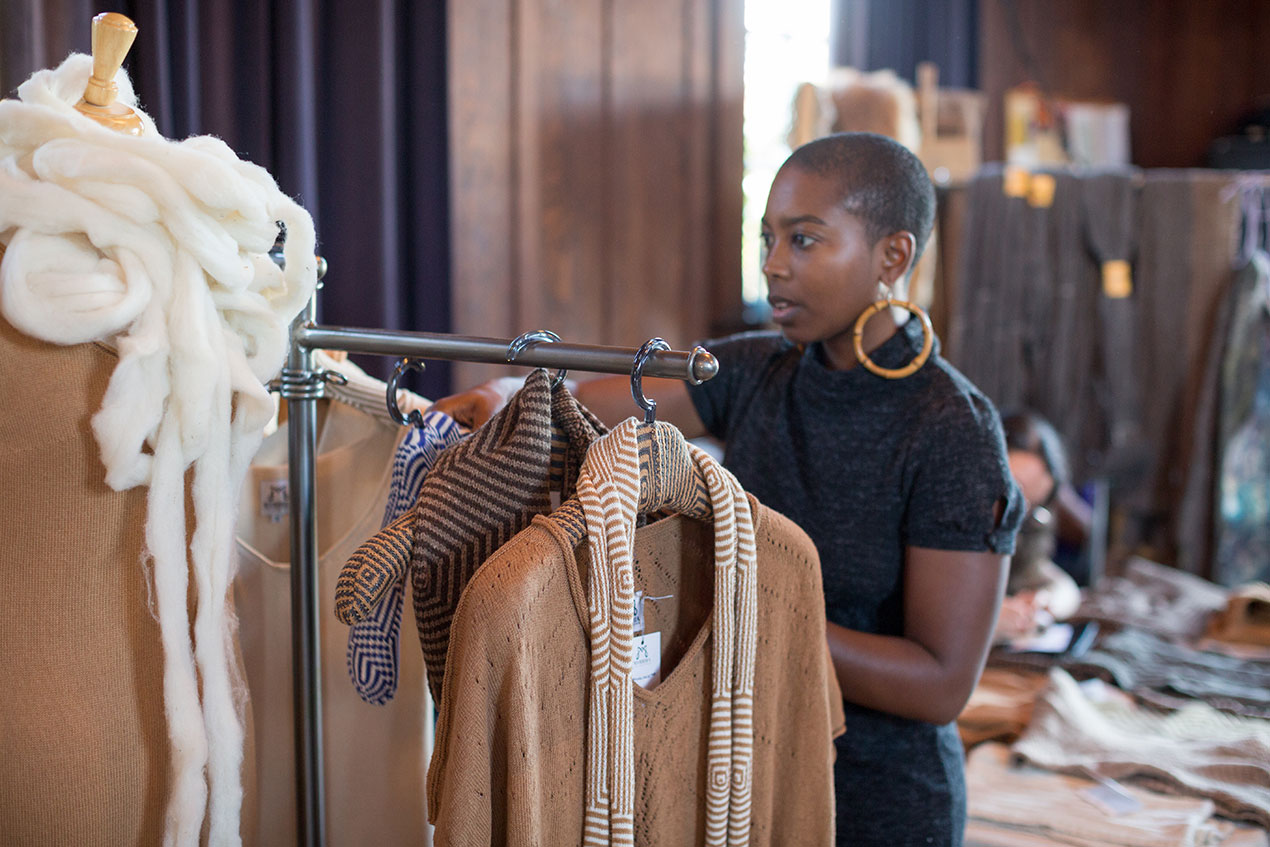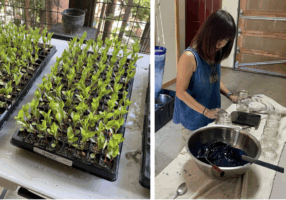Closet Survey for Climate & Ocean Health Project
Join us in developing a first-of-its-kind dataset on what’s in our wardrobes: the Closet Survey for Climate and Ocean Health Project is gathering details about the fiber composition of Californians’ closets to inform grassroots and policy changes that will increase the accessibility of locally grown and sewn garments that can sequester carbon from the atmosphere and keep plastic out of our marine ecosystems.
Fibershed and our partners at Ecocity Builders need your help to conduct wardrobe surveys across California. We need to assess several hundred closets to develop a baseline about what we are wearing, where it’s coming from, and where it’s ending up.
All you need is 15 minutes to explore your clothing and an internet-connected device:
- Head to your closet or wherever you keep your clothing
- Load the Closet Survey app in your internet browser and click “get started”
- Provide simple information about the clothing you typically wear, such as where you bought it and what it’s made of — watch our short video on IGTV to see how quick and easy it is
- Submit your information and be entered into a drawing to win $500 in gift cards to brands offering locally grown and/or sewn clothing
- Share these steps with friends and family across California, and share your participation on social media using #ClosetSurveyforClimate
With your help, we will aggregate this information to produce publicly available data that will bring about a healthier textile system for people and nature. By mapping the contents of closets across California, we can better understand the flow of materials into and out of our community, we can work for grassroots, economic, and political support for a regional, regenerative fiber system.
Right now, if we want to get a picture of what kinds of clothes and materials people are wearing, we have to look at our waste. We know 1.4 Million metric tons of textile waste is produced in California each year: that’s heavier than the weight of the Golden Gate Bridge and Bay Bridge, combined. Most of it goes right into landfills where it contributes to climate change and increases toxicity for people who live nearby.




